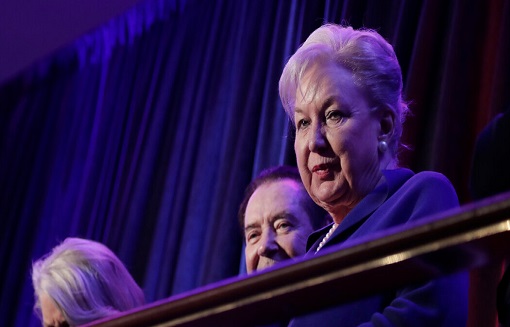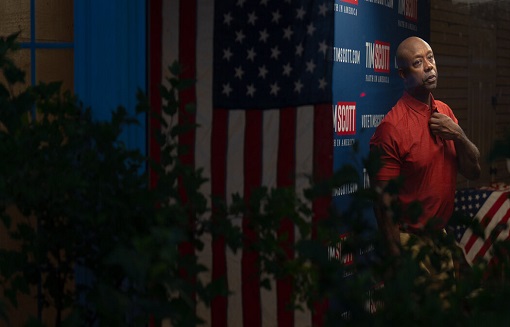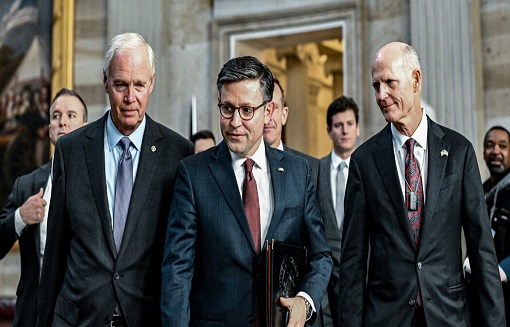The Children of Llullaillaco are three well-preserved mummies of children that were discovered in 1999 in the Andes Mountains of Argentina. The children were believed to have been sacrificed by the Inca Empire over 500 years ago, and their discovery has provided valuable insights into the Inca culture and their beliefs surrounding sacrifice. In this article, we will explore the history of the Children of Llullaillaco, including their discovery, the Inca culture of sacrifice, and the significance of their preservation.
The Discovery
The mummies of the Children of Llullaillaco were discovered in 1999 by a team of archaeologists led by Dr Johan Reinhard. These were found in a chamber at the summit of Llullaillaco, a 22,100-foot-high mountain on the border of Argentina and Chile.
The mummies were remarkably well-preserve, thanks to the dry, cold climate of the Andes Mountains. The children were wrap in textiles and placed in seated positions, with their faces covered by masks. The children were later identified as a 7-year-old girl, a 6-year-old boy, and a 15-year-old boy.
The Inca Culture of Sacrifice
The discovery of the Children of Llullaillaco provided valuable insights into the Inca culture of sacrifice. The Inca believed that sacrificing children and other offerings to the gods was necessary to maintain the order of the universe.
The Inca sacrificed children from all levels of society. But the sacrifice of children from noble families was consider the most valuable. The children were choose base on specific criteria, including physical perfection, beauty, and purity.
The children were carefully prepare for the sacrifice. Their deaths were believe to be a great honour. The Inca believed that the children would become divine beings and intercede with the gods on behalf of their families and communities.
The Significance of Preservation
The preservation of the Children of Llullaillaco has been a significant development in the study of Inca culture and sacrifice. The mummies have provided researchers with valuable information about the lives of the children and the Inca culture of sacrifice.
The mummies have also allowed researchers to conduct detailed scientific analyses of the children’s bodies, including DNA testing. Which has provided valuable information about the children’s ancestry and health.
However, the preservation of the mummies has also raised ethical concerns. Some argue that the mummies should be return to their communities for reburial. While others believe that the mummies should be preserve for scientific study.
Conclusion
The discovery of the Children of Llullaillaco has provided valuable insights into the Inca culture of sacrifice. The lives of the children who were sacrifice. The preservation of the mummies has allowed researchers to conduct detailed scientific analyses, but it has also raised ethical concerns.
As we continue to study the mummies and the Inca culture of sacrifice. It is important to consider the perspectives of the communities impacted by these practices. By working together, we can gain a deeper understanding of the past. While respecting the rights and beliefs of those who came before us.







